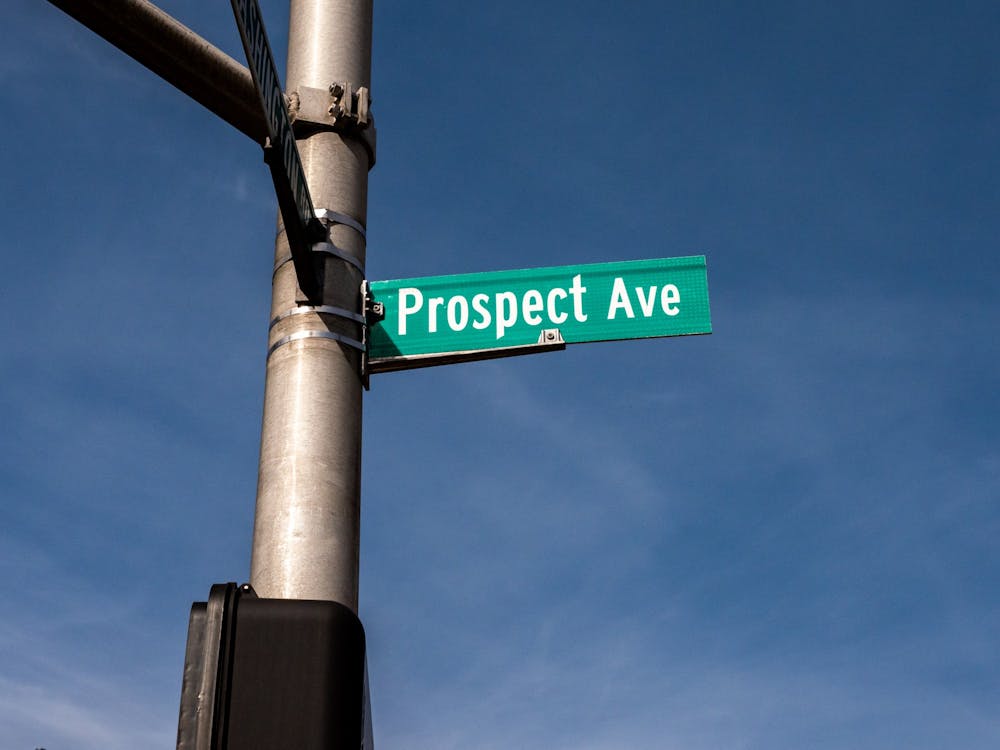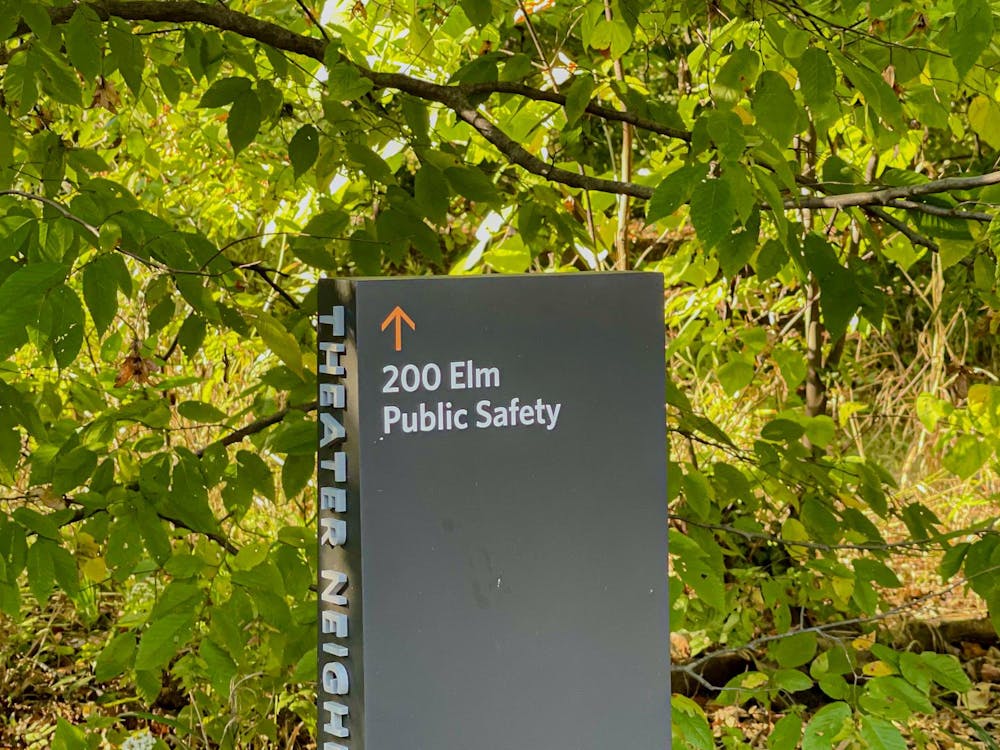Last fall, the University introduced a plan to test a “dining pilot” which would allow a select set of upperclass students to take up to five flexible meals each week at any co-op, eating club, dining hall, or on-campus store like Tiger Tea Room and Late Meal.
The University’s stated goals included addressing inequity and creating “community connectedness and shared experience,” but some students expressed doubts ahead of time. In a USG survey on the dining pilot conducted in October 2022, 74 percent of respondents reported “mostly negative” views towards the program.
Now, the University has released its final report and survey data, after the program ran last semester. The Daily Princetonian breaks down the report and analyzes what’s next for the program.
Perhaps the biggest takeaway is that while the dining pilot provided data to the University, they are not ready to draw conclusions on changes to upperclass dining based on the results. The report says that the University will work with Huron Consultants to “further assess how housing and dining can best support the wellbeing and changing needs of an expanding and increasingly diverse student body.” The study will look at “dining and housing policies and processes.”
Most meals were eaten at Late Meal and dining halls
Over a quarter of all dining pilot swipes were used at Late Meal, which the University expanded the hours of this fall.
Dining halls were also popular, with Choi in Yeh and New College West being the most frequented, followed by RoMa, Whitman, Forbes, and the CJL. A majority of dining pilot meals were taken at one of these five dining halls.
While only 2 percent of meals were taken at eating clubs, Tower, Cap and Gown, and Tiger Inn were the most popular. Colonial did not participate in the dining pilot. Not a single meal was taken at a co-op.

This is consistent with reporting by the ‘Prince’ during the pilot, as students expressed enthusiasm for late meal but not for eating at the eating clubs. “Having late meal back is the dopest thing to ever happen to an upperclassman besides graduation,” wrote Brandon Gauthier ’24 at the time in an email to the ‘Prince.’
Eating club members are overwhelmingly satisfied with Princeton’s current dining options. Other groups are not.
Of eating club members, 46.4 percent — across both sign-in and selective clubs — expressed extreme satisfaction with dining options. Less than 7 percent of any other group expressed the same level of satisfaction.
This correlates with the fact that the majority of eating club members report “community” as the most important in choosing a dining option. A majority of co-op members and independent students, as well as a plurality of meal plan members, expressed “cost” as the most important factor.

The University reimbursed co-ops and eating clubs $10 for every participant that dined at their facilities. It is unclear how the program would be funded if it were to be instituted — namely whether students would opt-in to a flexible meal plan or whether such a plan would be mandatory.
The vast majority of eating club members reported that they were satisfied with dining options. The majority of independent students expressed that they were dissatisfied. This may be because of the challenges they face buying groceries and participating in meal exchange which allows them to eat with friends at the Eating Club.
Perhaps tracking with this, co-op members and independent students used their dining pilot swipes at higher rates (3.4 per week and 2.8 per week respectively) than their peers in eating clubs (2.1 per week at selective eating clubs and 2.6 per week at sign-in eating clubs).
In the run-up to the dining pilot, a group of student leaders including now-Undergraduate Student Government (USG) President Stephen Daniels ’24 proposed a plan which would expand options for independent students: allowing the two meals all upperclass students can eat at the dining halls to apply to eating club meal exchange and late meal, and expanding the Pay with Points program in which students have $150 to spend in town to upperclassmen. The plan did not include opening up meals at eating clubs and co-ops to all students.
The meal plans of dining pilot participants were not reflective of the student body
When the pilot launched last spring, 300 students were randomly selected to participate.
The University divided students into five groups: co-op members, selective eating club members, sign-in eating club members, meal plan holders, and independent students with no dining affiliation. They randomly selected 60 people from each of these groups.
This is not consistent with actual student demographic data — almost 40 percent of upperclass students are in selective eating clubs, while less than 5 percent are in co-ops. In fact, if the dining pilot is launched this fall, the majority of co-op members would be on the dining pilot.
The University has stated that “further analysis should examine the results of this pilot using weighted averages that account for the true demographic distribution of dining options.”
Laura Robertson is the Explainers editor for the ‘Prince.’
Please send corrections to corrections[at]dailyprincetonian.com.








